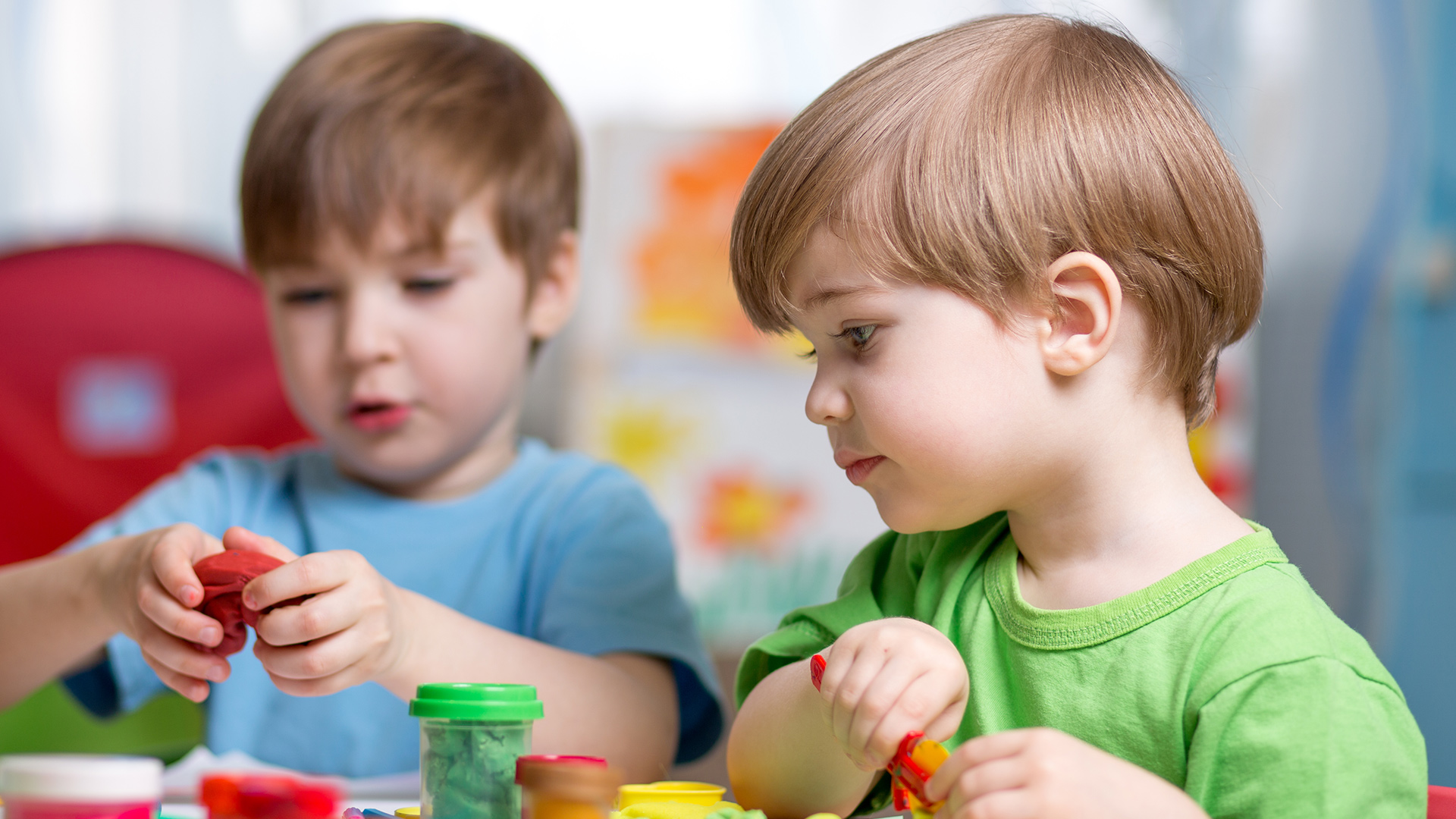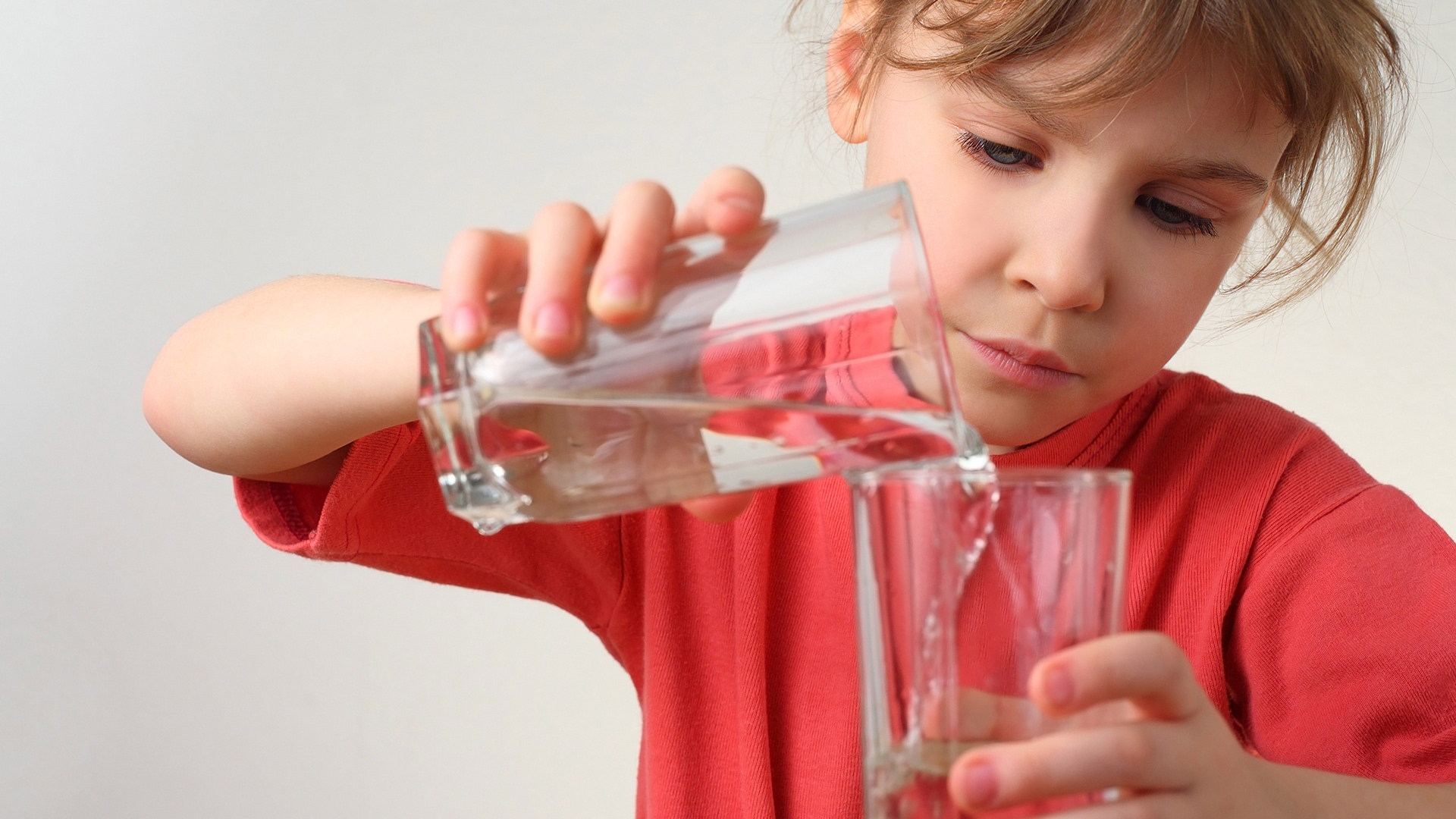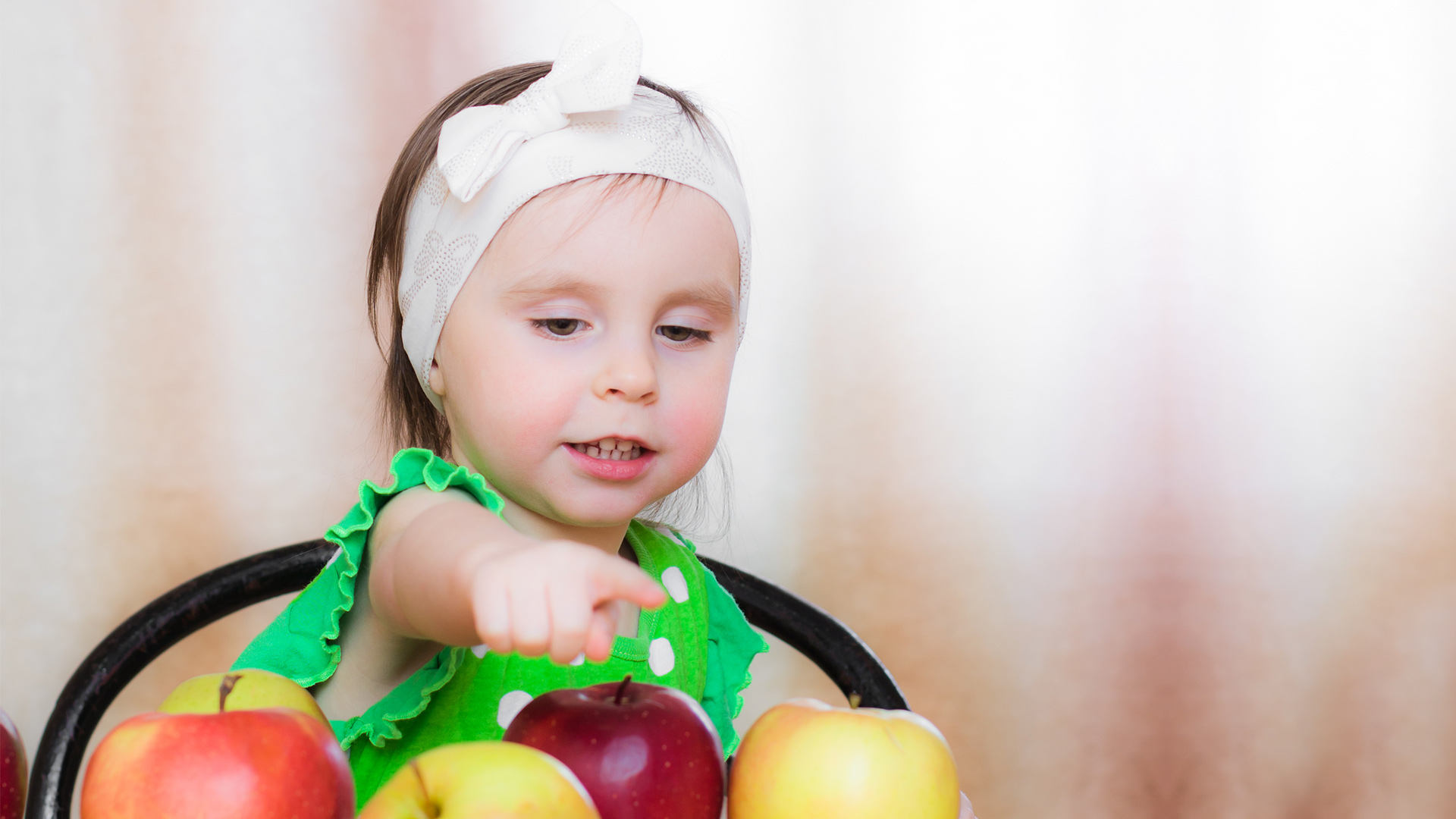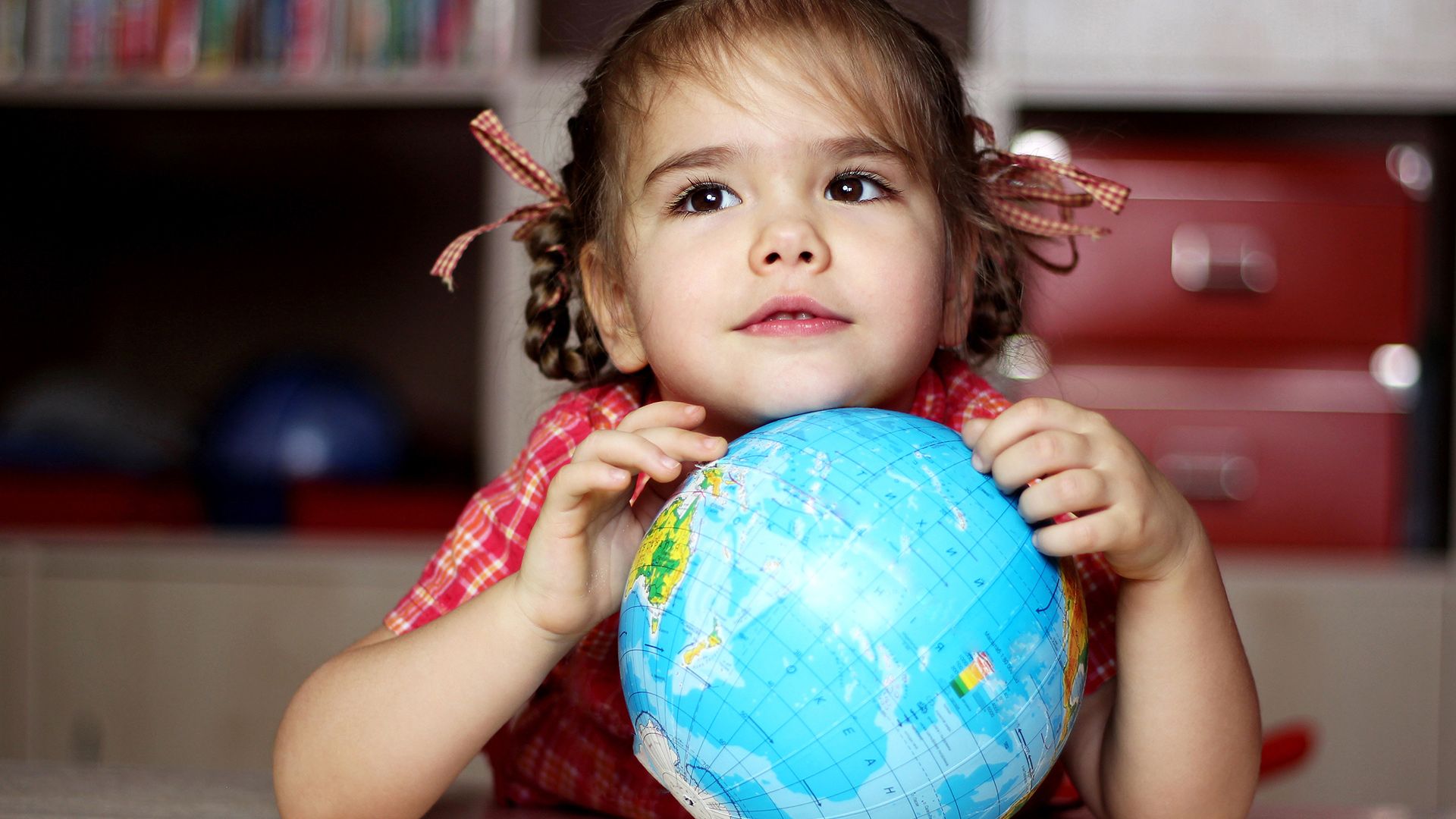Joyful Learning Community
Montessori represents an entirely different approach to education.
The Montessori Method of teaching was developed by Maria Montessori In the late 18th century. She spent many hours observing children and taking note of how they learn. She devised materials that would encourage children to engage with and learn the skills they need to be successful in life.
Her method discourages traditional competitive measurements of achievement, such as grades, tests, and incentive carts, instead, focusing on the individual progress and development of each child. Montessori emphasizes learning through all five senses, not just through listening, watching, or reading.
Teaching children to teach themselves is integral to the Montessori method, which encourages innovative thinking, independent decision making, and curiosity-driven learning. Children in Montessori classes learn at their own, individual pace and according to their own choice of activities from hundreds of possibilities.
Learning is an exciting process of discovery, leading to concentration, motivation, self-discipline, and a love of learning.
Montessori classes place children in three-year age groups (3-6, 6-9, 9-12, and so on), forming communities in which the older children spontaneously share their knowledge with the younger ones.

Sensorial Lessons
Children are bombarded from birth with sensory information. The sensorial area was developed by Dr. Montessori for the purpose of categorizing sensorial experiences. The materials in the classroom allow the child to categorize numerous sensations. A few examples include;
- large/small
- thick/thin
- sweet/sour
- loud/soft
- smooth/rough
- light/dark
- cool/warm

Practical Life Lessons
It is the responsibility of the Montessori teacher to teach the children practical skills for the purpose of success in life. At school young children can learn the practical exercises of:
- putting on their coat
- zipping
- buttoning
- tying
- sweeping
- pouring
- grace and courtesy

Math Lessons
When lessons are presented well, and in a very concrete hands-on way, a pre-primary child is able to:
- add numbers into the thousands
- subtract with borrowing
- multiply large numbers
- divide large numbers with remainders

Language, Pre-reading and Reading Lessons
The language curriculum is set in a literacy rich environment where children are engaged and guided through sequential hands-on materials that lead them almost effortlessly into reading and writing. Each material is design for self-correction and allows them to move at their own pace. A few of our literacy activities include:
- active listening
- public speaking
- singing
- reciting poetry
- chanting
- rhyming
- vocabulary
- learning letter sounds
- writing
- reading

Culture and science Lessons
The cultural area is broken down into seven different subject areas:
- geography
- science
- botany
- zoology
- history
- music
- art
Each area entices the student's natural curiosity about the world around them and allows them to explore concepts in a concrete way. Each continuing year the student is able to build on these ideas and concepts, enriching their understanding of the world around them and their place in it.
STUDENT LEVELS
MONTESSORI
Ages 3-6
Ages 6-9
PRENDA/MONTESSORI
Ages 10-14






